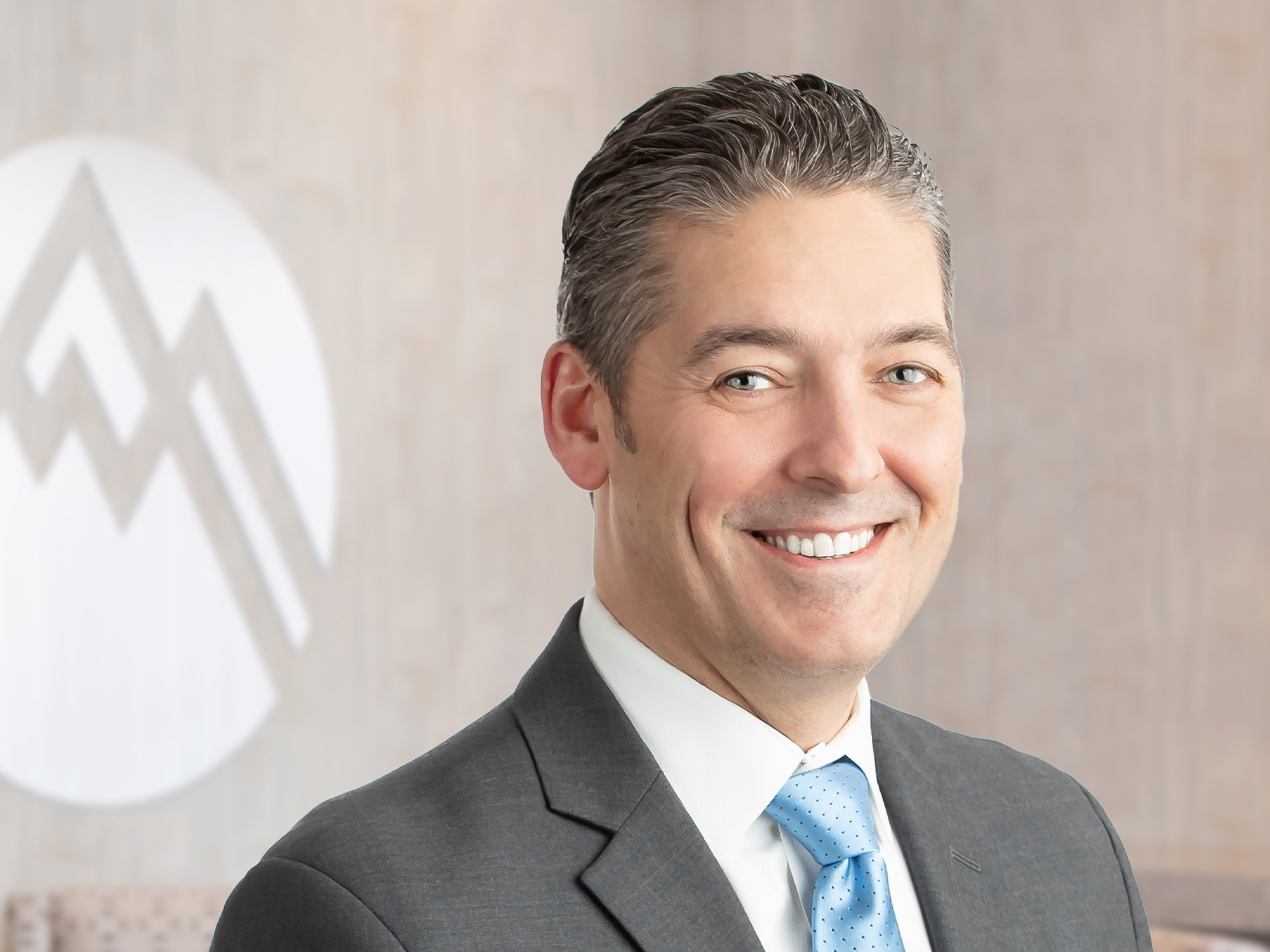Summit sports medicine surgeon Brian Walters, M.D., discusses cartilage injury, its causes, and treatment options.
Broken bones, torn ligaments, muscle tears, and joint sprains — orthopedic problems can come in many forms. One you may not have heard of is cartilage injury.
What is cartilage injury?
First, let’s make clear what it is not. “Cartilage injury is different from osteoarthritis,” said Summit sports medicine surgeon Brian Walters, M.D. “Arthritis is damaged cartilage, but it’s diffuse and affects a large portion of, if not the entire, joint. Cartilage injury, in contrast, is most often confined to a very small, focused area of the joint.”
Whereas arthritis is a generalized disease that progresses over time and can affect many joints, a focal cartilage injury has a specific location, cause, and treatment. Often, the injury to the cartilage is the result of a traumatic injury, like an impact from a blow to the joint, a fall, or landing improperly. You can also get cartilage injury because of your anatomy. “Some people have anatomy that predisposes their joints to cartilage injury,” Dr. Walters said.
The symptoms of a cartilage injury are typically pain, swelling, and sometimes a “catching” sensation in the joint. Usually, the pain is focused in the area of the joint where the injury to the cartilage is.
“Despite being confined to a small area of the joint, cartilage injuries are often in a critical area from a functional standpoint,” Dr. Walters said. “And because they are confined to a small area, they can often be treated.”
The most common joint for cartilage injury is the knee. “Because of the mechanical forces that the knee is subjected to during normal activity, a focal defect in the cartilage is very poorly tolerated. Localized cartilage injury in the knee tends to come with a significant loss of function,” Dr. Walters said.
To diagnose cartilage injury, a sports medicine specialist will talk with you about your symptoms. Your provider will also conduct an examination and confirm the findings with an MRI scan.
How is cartilage injury treated?
The good news is, there are many treatment options for cartilage injuries. Traditional treatments include physical therapy, activity modification, and minimally invasive surgery to remove the unstable or unhealthy portion of cartilage.
But today, we have innovative new treatment options that were not available before. “We can now restore and regenerate cartilage, allowing us to achieve far superior outcomes when it comes to return to sports or pain-free functional activity levels,” Dr. Walters said. “Innovations that we couldn’t dream of having 10 years ago have now significantly changed the face of how we treat and manage cartilage injury.”
Biologics are an important new area of treatment for cartilage injury. “Biologics” is an umbrella term that covers a group of treatments that are performed with naturally derived products, either from patients’ own bodies or from a donor, that can be used to achieve cartilage restoration.
For example, platelet-rich plasma or stem cell injections help to promote healing. Dr. Walters performs these procedures in the office or during surgery.
Another option is to harvest, or “borrow,” a patient’s own cartilage, which can then be minimally manipulated and subsequently applied to the area of cartilage damage. For larger areas of damage, cartilage can be transplanted from a donor into a patient’s joint.
“We can even separate out a patient’s individual cartilage cells, grow them in the lab, and then surgically implant them back into the knee,” Dr. Walters said. “These new treatment options have greatly improved outcomes for people with cartilage injuries.”
Treat the cause, not just the result
Dr. Walters notes that in addition to recognizing and treating cartilage damage, it’s crucial for patients to work with their doctors to identify and treat the underlying cause of the cartilage injury. “Not addressing the underlying cause is the number one reason for recurring damage or failed treatment,” he said. By correcting an underlying anatomic or mechanical problem, patients can maximize their recovery and get the best long-term outcome.
Summit Orthopedics offers comprehensive sports medicine expertise
Start your journey to stronger, healthier athletic condition. Find your sports medicine expert, schedule an appointment online, or call us at (651) 968–5201 to schedule a sports medicine consultation.
More resources for you:
- Learn about PRP injection therapy.

